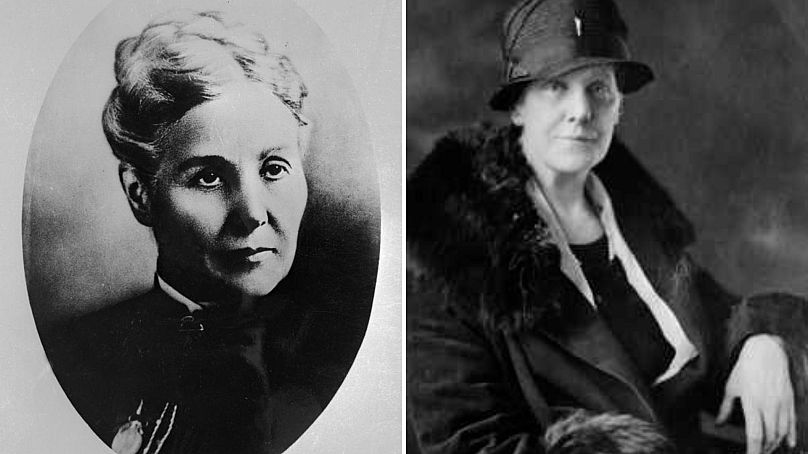10 May 1908: This one goes out to all the Mums.
Mums. Everyone’s got one. Yours might be the most important person in the world to you. Or they might not. Either way, having a mum is a pretty universal truth, which is why mothers have been celebrated in some way or other throughout history.
One of the earliest celebrations of a mother figure is likely Ninhursag, the ancient Sumerian mother goddess. Following Ninhursag, the Greeks had Rhea, the Romans had Cybele, the Jewish King Solomon wrote the poem Eishet Chayil (A Woman of Valour) to his mother, and Christians have Mothering Sunday.
Today, the biggest annual celebration of mothers is Mother’s Day. But where did Mother’s Day come from? The story lies in a mother-daughter pair of activists living between the 19th and 20th century.
In 1858, the Virginia-born Ann Jarvis started Mothers' Day Work Clubs across multiple towns in the US. The clubs were meant to improve the health of mothers and reduce infant mortality, a cause that was close to Ann’s heart, having lost at least seven children before they reached adulthood.
When the Civil War broke out in 1861, the US was divided. One of the few ways the North-South divide was traversed was through Ann’s Mothers’ Day Work Clubs. The various clubs across the country declared neutrality and treated mothers whether they were Confederate or Union.
During the Civil War, there were multiple smaller attempts at celebrating local Mother’s Days. None of these stuck, but the influence of Ann Jarvis wouldn’t be limited to just saving mums throughout the war.
Ann died in 1905, leaving two sons and two daughters. One of those daughters, Anna Jarvis, wanted to honour her mother’s life and the work she’d done to help mothers across the country.
After a small service in 1907 in the Grafton Church that Ann had taught at, Anna convinced John Wanamaker, the owner of a Philadelphia department store to help organise a bigger celebration.
That celebration took place on this day the year later in 1908. First there was a memorial service in the same church as the previous year, followed by a bigger celebration in the Wanamaker's store. Thousands attended.
A year later, the celebration was repeated in New York and even more people attended.
Mother’s Day was a success. Next on Anna’s priority list – she wanted the day enshrined as an official holiday. She campaigned and achieved it first in West Virginia in 1910 when the state declared it an official day.
Other states followed and on 8 May 1914, Congress passed a law designating the second Sunday in May as Mother's Day.
It didn’t take long for businesses to start trying to make the most out of Mother’s Day. When card companies and florists jumped on the holiday as an opportunity to make money, Anna decried them claiming the day was meant to be about expressing love through gestures like handwritten letters. She threatened to sue countless groups who tried to exploit the day for profit and spent the rest of her life protesting the corporatisation of the day.












